Our Low FODMAP Iced White Tea With Mango is simply chilled low FODMAP white tea, optionally sweetened, served with low FODMAP amounts of fresh, juicy mango. Like our recipe for Low FODMAP Iced Green Tea With Passionfruit, this one almost doesn’t need formal direction, but we want to make sure you get portions right for the white tea and mango.
Mango Can Be Low FODMAP
You might be thinking, mango? I thought that was high FODMAP! Fresh mango is a perfect example of a High FODMAP Food With A Low FODMAP Serving Size. Please read this article linked here for more info. There are many foods that you might be avoiding unnecessarily.
Monash University has lab tested fresh mango and they give it a Green Light low FODMAP serving size at 40 g. Here is what 40 grams looks like! Plenty to add to a drink or a fruit salad.
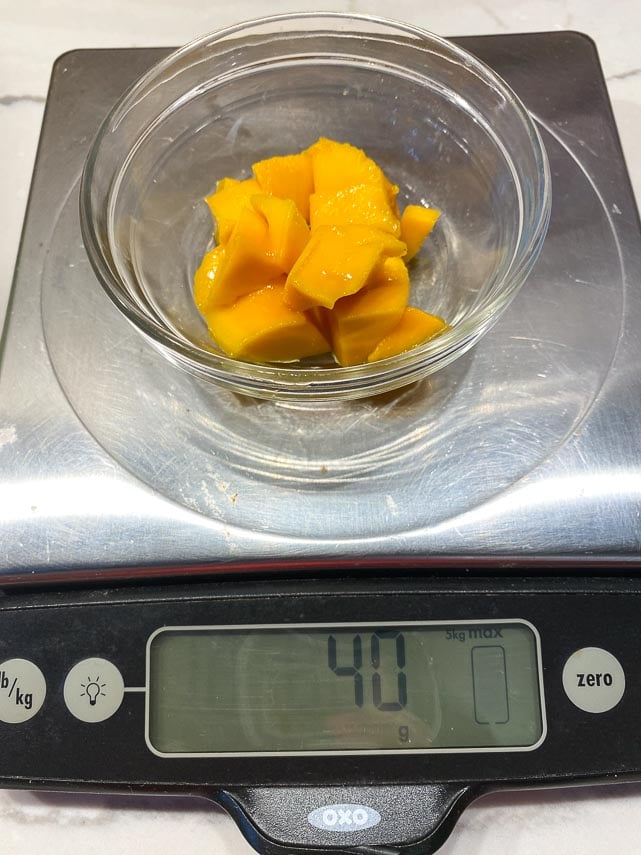
No need to avoid this amount of mango, even during Elimination.
Choosing The Right Mango
There are many different kinds of mango and we do not know which type Monash tested. I am partial to Ataulfo mangos (also called Honey mangoes), as I find them very reliably sweet and they are less stringy than others. They also have a high flesh to seed ratio.
They have a somewhat flattened shape. Select fruit that is heavy for its size and ripe fruit will show a skin that is a very deep golden color. Some tiny wrinkles can appear when fully ripe.
To use, cut vertically, skin on, as close to the seed as possible, which will leave you with a large portion of flesh. You then scoop out or cut out the flesh as desired.
White Tea
For a full discussion on tea, please see our article Tea & FODMAPs. For this recipe we are focusing on white tea.
White tea is produced in the Fujian province of China and gets its name from the tender leaf buds that are covered with whitish hairs. The tender tea leaves are plucked before they open in early spring, then withered and dried slowly at low temperatures.
The leaf buds are not rolled and allowed to oxidize only slightly. The result is a very mild tea, that some find naturally sweet.
Monash University has lab tested white tea for FODMAPs and says that a Green Light low FODMAP portion is 250 ml (a little over 1 cup) when brewed strongly.
Buying White Tea
Here are some recommendations for white tea that we like with our slices of mango.
Loose White Tea:
- Tealyra – Premium White Silver Needle Tea – Bai Hao Yinzhen
- Tealyra – Imperial Yunnan Silver Needle – White Loose Leaf Tea
- Davidson’s Tea Himalayan White, Bulk Tea
- The Tao of Tea, Imperial White Tea
White Tea Bags:
- Teamonk Reeti Organic White Tea Bags
- Taylors of Harrogate White Tea
- Teatulia Organic Whole-Leaf White Tea
How Sweet It Is – or Not
You can enjoy this drink unsweetened, of course, but if you want to sweeten it, we suggest using Simple Syrup made with pure granulated white sugar. It will dissolve instantly.
White granulated sugar is low FODMAP and it has a very neutral flavor, which is what you want here to highlight both the delicate white tea. We prefer to use cane sugar and use Domino in the Test Kitchen.
Keep some Simple Syrup in your fridge all summer long for instant sweetening of cold drinks.
More Tea Recipes
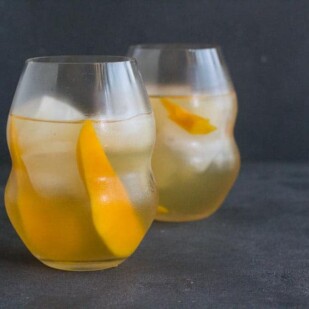
Low FODMAP Iced White Tea With Mango
Our Low FODMAP Iced White Tea With Mango is simply chilled low FODMAP white tea, optionally sweetened, served with low FODMAP amounts of fresh, juicy mango. Like our recipe for Low FODMAP Iced Green Tea With Passionfruit, this one almost doesn’t need formal direction, but we want to make sure you get portions right for the white tea and mango.
Ingredients:
- Ice cubes
- 4 cups (960 ml) chilled brewed white tea
- 5 ¾- ounces (160 g) ripe mango flesh, cut into cubes or spear shapes
- Simple Syrup, to taste
Preparation:
-
Add ice cubes to clear glasses, the divide tea amongst glasses. Divide mango among glasses and sweeten to taste, if desired, by stirring in a little Simple Syrup.
-
Serve immediately.
Notes:
Tips
FODMAP Information
Our recipes are based on Monash University and FODMAP Friendly science.
- Mango: Mango has been lab tested by both Monash and FODMAP Friendly. Monash has determined that a Green Light low FODMAP serving size is 40 g, about ⅕ cup, cubed. FODMAP Friendly gives it a “Fail” at 1 medium or 207 g.
- Sugar: Monash University and FODMAP Friendly have both lab tested white, granulated sugar. Monash states that a Green Light low FODMAP serving size of white sugar is ¼ cup (50 g). FODMAP Friendly simply states that they have tested 1 tablespoon and that it is low FODMAP. Regular granulated white sugar is sucrose, which is a disaccharide made up of equal parts glucose and fructose. Sucrose is broken down and absorbed efficiently in the small intestine.
- White Tea: Monash University has lab tested white tea and it is Green Light low FODMAP in portions of 250 ml when brewed strongly with water.
Please always refer to the Monash University & FODMAP Friendly smartphone apps for the most up-to-date lab tested information. As always, your tolerance is what counts; please eat accordingly. The ultimate goal of the low FODMAP diet is to eat as broadly as possible, without triggering symptoms, for the healthiest microbiome.
Nutrition
All nutritional information is based on third-party calculations and should be considered estimates. Actual nutritional content will vary with brands used, measuring methods, portion sizes and more. For a more detailed explanation, please read our article Understanding The Nutrition Panel Within Our Recipes.
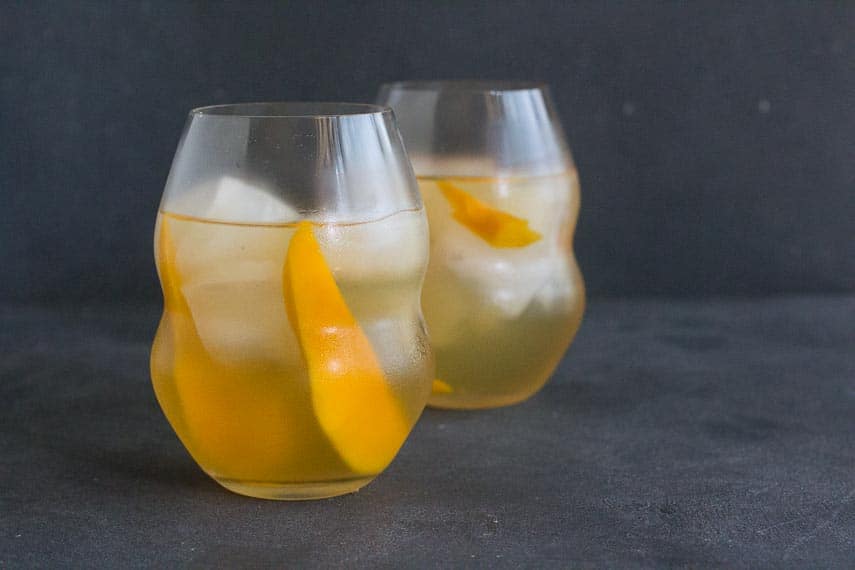
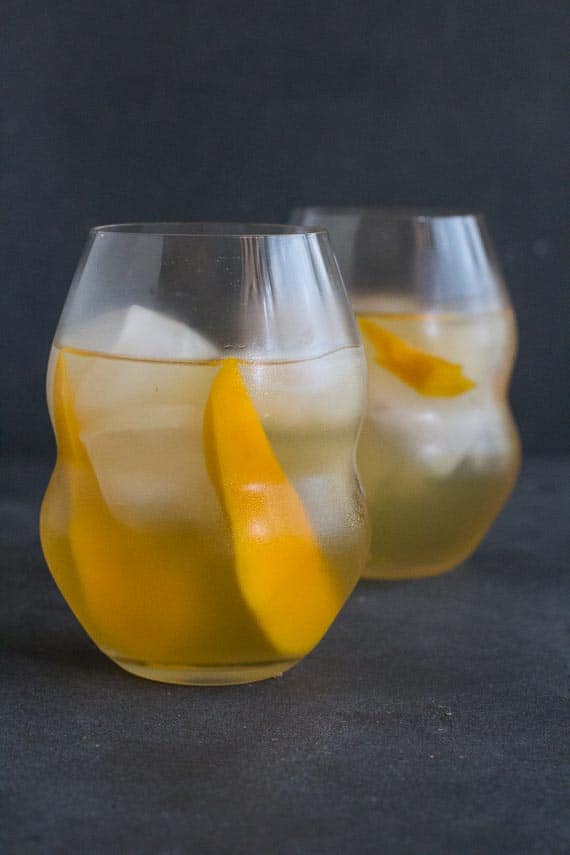
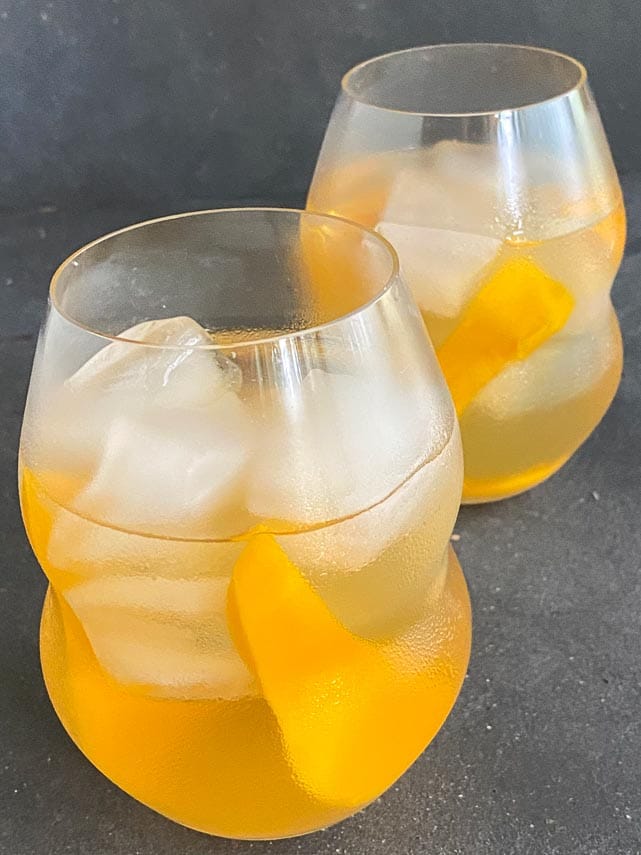
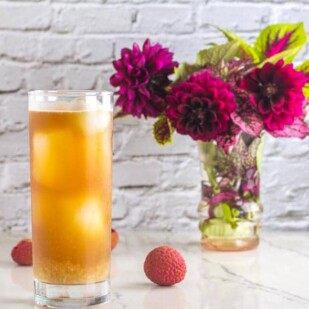







How about green mango? Not green as is unripe but the one that is both green inside and out , less big than most other mahoes like the jade sweet ones. Si there any study on those?
These have not been lab tested. You can check yourself by simply looking items up in the Monash app and the FODMAP Friendly app. They are the only two entities right now lab testing foods and publishing results. If something isn’t in the apps, it hasn’t been lab tested with published results.